2014.07.09
Neoguri hits, but Okinawa dodges nasty typhoon
Neoguri was spawned late in the week, building bluster and swirling filled with intimidation as it built to super typhoon status and evoked memories of Typhoon Bart back in 1999, and then lost its nerve Monday as it approached Okinawa, slip-sliding down from a domineering category five storm to a comparatively whimpering weather event as it came ashore Tuesday.
To be sure, it was still a powerful typhoon, but one that veered west in the final hours of its trek toward Okinawa, reducing damage by quantum percentages. As it came closer, the Japan Meteorological Agency took the extraordinary measure of issuing special warnings for the prefecture, particularly concerned about high waves both in Miyakojima and on Okinawa’s main island. Evacuation warnings were issued and many communities opened shelters for its citizens, the first time since the nation’s special alert system was activated only a year ago.
Typhoon Neoguri was the season’s eighth named storm, and was tagged Florita by the Philippines system. As it lumbered northward over the weekend and into Monday, and then Tuesday, atmospheric pressure dropped to 910 hectopascals. That’s a number generated only by powerful typhoons. Wind speeds early Tuesday were being measured in the 55 meters per second range, with maximums approaching 75 m/s.
The storm measured a Category 3 typhoon when it roared across Okinawa, its eye still clearly defined as it pounded the southernmost islands of Ishigaki and Miyako before zeroing in on the prefecture’s main island. Neoguri’s powerful winds sent waves crashing against the shore, and in at least one case, snapped the mast on a yacht and left the vessel floundering only yards from its pier. Waves bashed the piers and breakwaters, and palm trees were bending. In many parts of the island, trees were toppled, some onto vehicles and others onto buildings.
Tens of thousands lost power, from the southern reaches of the island to the Kadena Air Base area, where Washington Heights residents found themselves in the dark, as did Chibana Housing occupants. Okinawa Power reports at least 95,400 residences lost power.
The first building reported to collapse from Neoguri’s fury was the Sakae Shokudo Restaurant in Naha City’s Matsugawa district. Demolished best describes the outcome of the restaurant’s encounter with the typhoon.
At least 35 injuries were reported from Typhoon Neguri, including one woman who suffered a broken arm. Officials say none of the injuries were serious. One of those was the driver of a car blown off the road by the wind and flipped over. He was reported bruised. Other cars, including three in Oyama district of Ginowan, were blown off a parking lot and into a gully. Another car being driven during the typhoon saw the driver lose control and crash into a building. Water tanks on many buildings were toppled, as were hundreds of signboards and an equal number of trees.
A local oil refinery, Sekiyu KK, a Japanese company owned by Brazil’s Petrobas, halted its production operations Monday in anticipation of the storm. The Nishihara-based refinery normally refines 100,000 barrels of oil per day.
All airline flights to and from Naha International Airport were cancelled Tuesday. Airlines scrambled Monday to send extra airplanes to Okinawa to aid travelers in getting away before the typhoon hit.

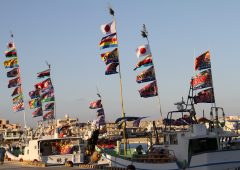 2024.02.07
2024.02.07 2024.01.31
2024.01.31 2023.11.02
2023.11.02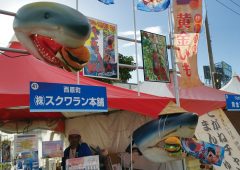 2023.10.26
2023.10.26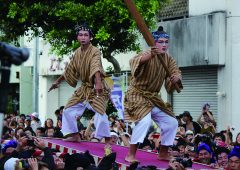 2023.09.29
2023.09.29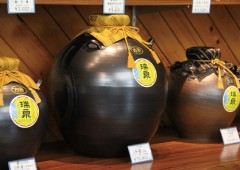 2023.09.01
2023.09.01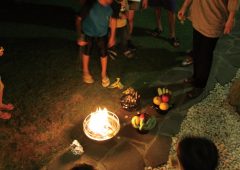 2023.08.22
2023.08.22 2023.08.15
2023.08.15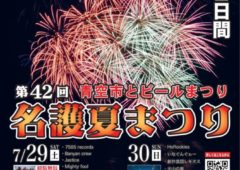 2023.07.27
2023.07.27 2023.07.05
2023.07.05






